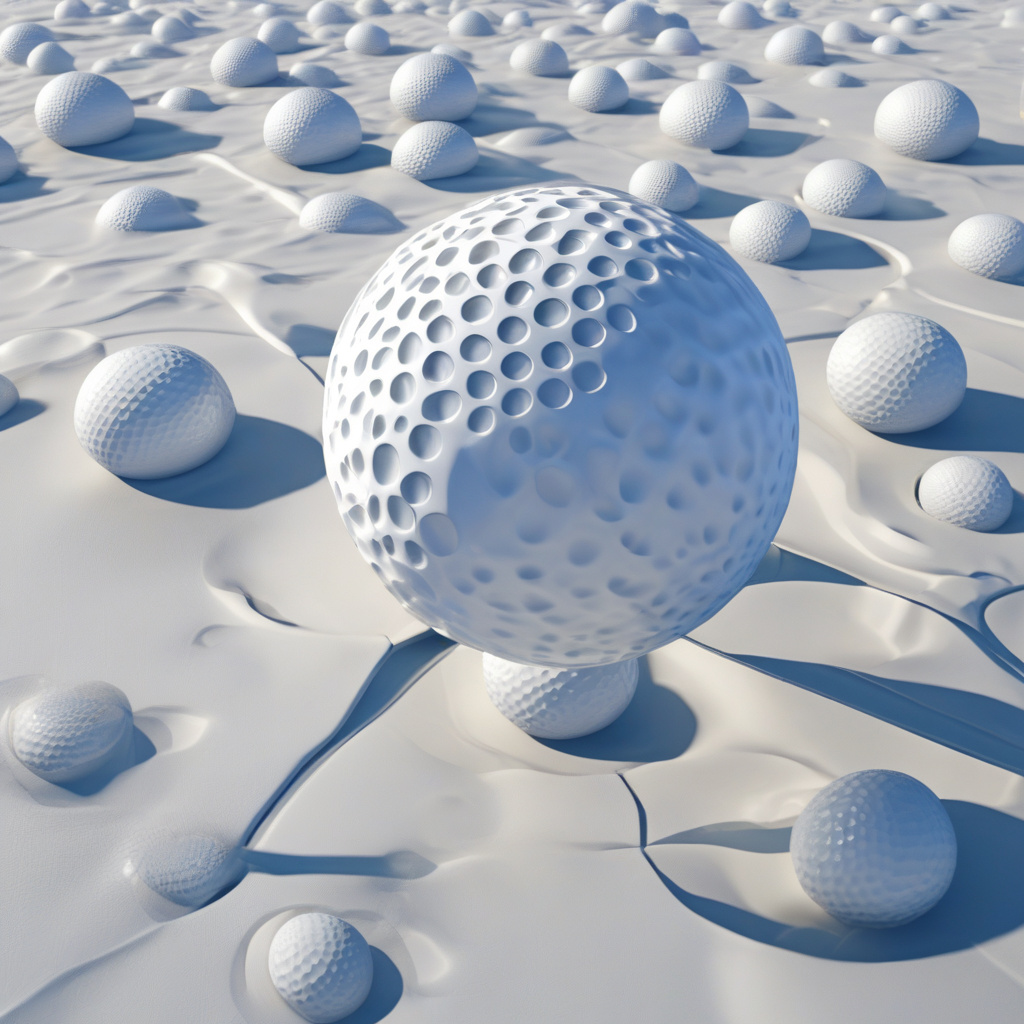Revolutionizing Propulsion: The Power of Dimpled Spheres in Technology
A team of engineers at the University of Michigan has developed a spherical prototype with a unique design inspired by golf balls. These dimpled spheres are not intended for the golf course, though. Instead, they are set to revolutionize propulsion systems in drones and submarines, enabling them to travel up to 30% farther and faster without the need for fins.
The concept of using dimples on a spherical object to enhance its performance may seem unconventional, but the science behind it is solid. The dimples on a golf ball, for example, reduce drag by creating turbulence in the air around the ball. This, in turn, allows the ball to travel farther and more accurately than a smooth ball.
Applying this principle to drones and submarines opens up a world of possibilities. By incorporating dimples into the design of these vehicles, engineers can significantly improve their aerodynamics and hydrodynamics. This means that drones can cover more ground on a single charge, and submarines can navigate the depths with greater speed and efficiency.
One of the key advantages of using dimpled spheres for propulsion is the elimination of traditional fins. Fins are essential for stabilizing and maneuvering underwater vehicles, but they also create drag, which can limit speed and range. By replacing fins with dimpled surfaces, engineers can achieve the same level of control without sacrificing performance.
Furthermore, the use of dimpled spheres offers a more streamlined and compact design for drones and submarines. This can lead to smaller, lighter vehicles that are easier to transport and deploy in various environments. In the case of drones, a more aerodynamic shape can also improve battery life and overall efficiency.
The potential applications of this technology are vast. From military reconnaissance missions to environmental research and underwater exploration, dimpled spheres could enhance the capabilities of autonomous vehicles across industries. Imagine drones that can survey large areas more quickly, or submarines that can reach greater depths in less time – all thanks to a simple yet innovative design change.
As with any emerging technology, there are challenges to overcome. The engineering team at the University of Michigan is currently fine-tuning the design of the dimpled spheres to optimize performance and efficiency further. Testing in real-world conditions will be crucial to validating the concept and demonstrating its full potential.
In conclusion, the use of golf ball-like dimples to propel drones and submarines represents a significant leap forward in propulsion technology. By harnessing the power of aerodynamics and hydrodynamics, engineers can push the boundaries of what is possible with autonomous vehicles. The future of transportation and exploration is looking brighter – and dimpled – than ever before.
innovations, technology, engineering, propulsion, drones











